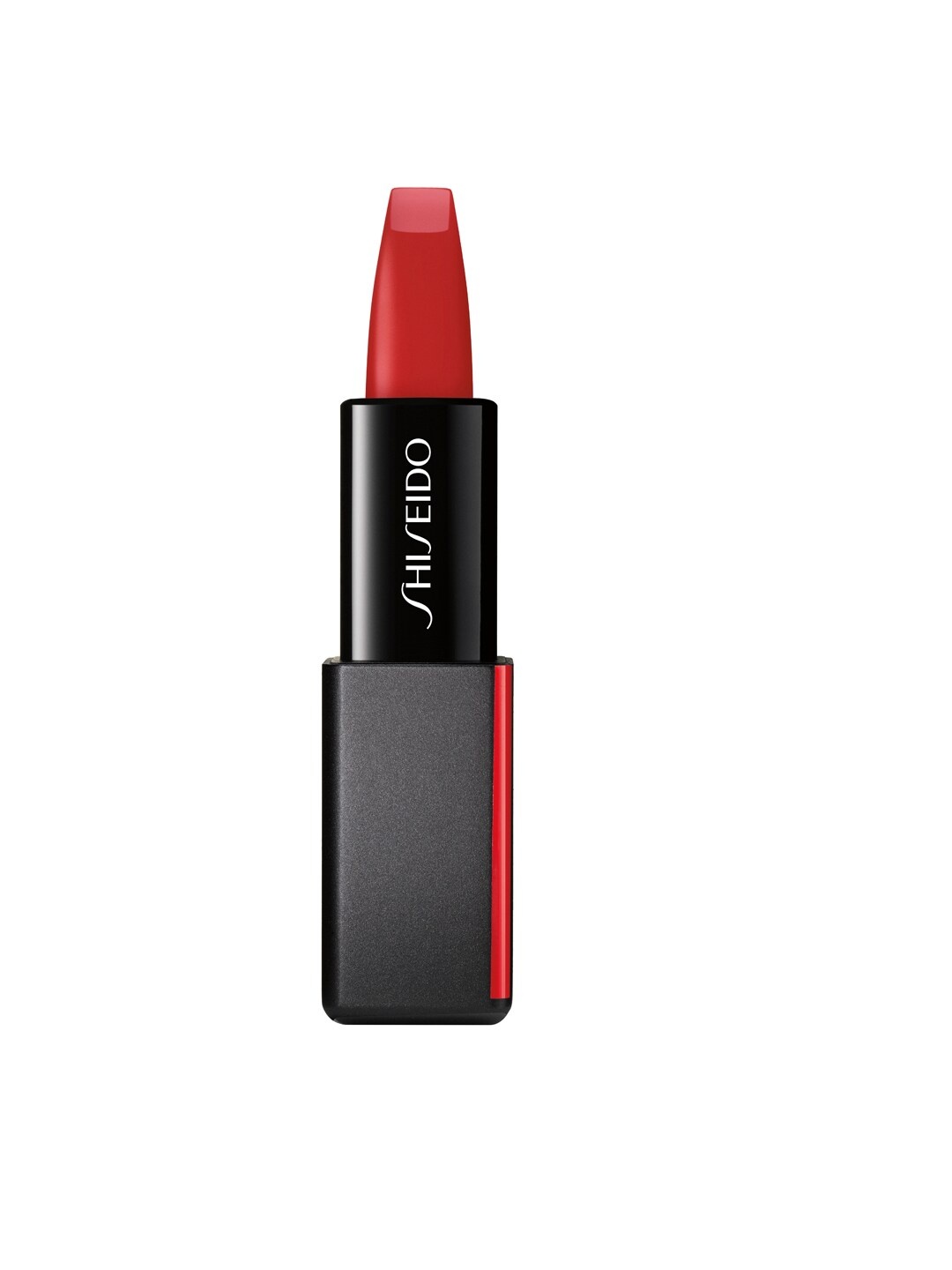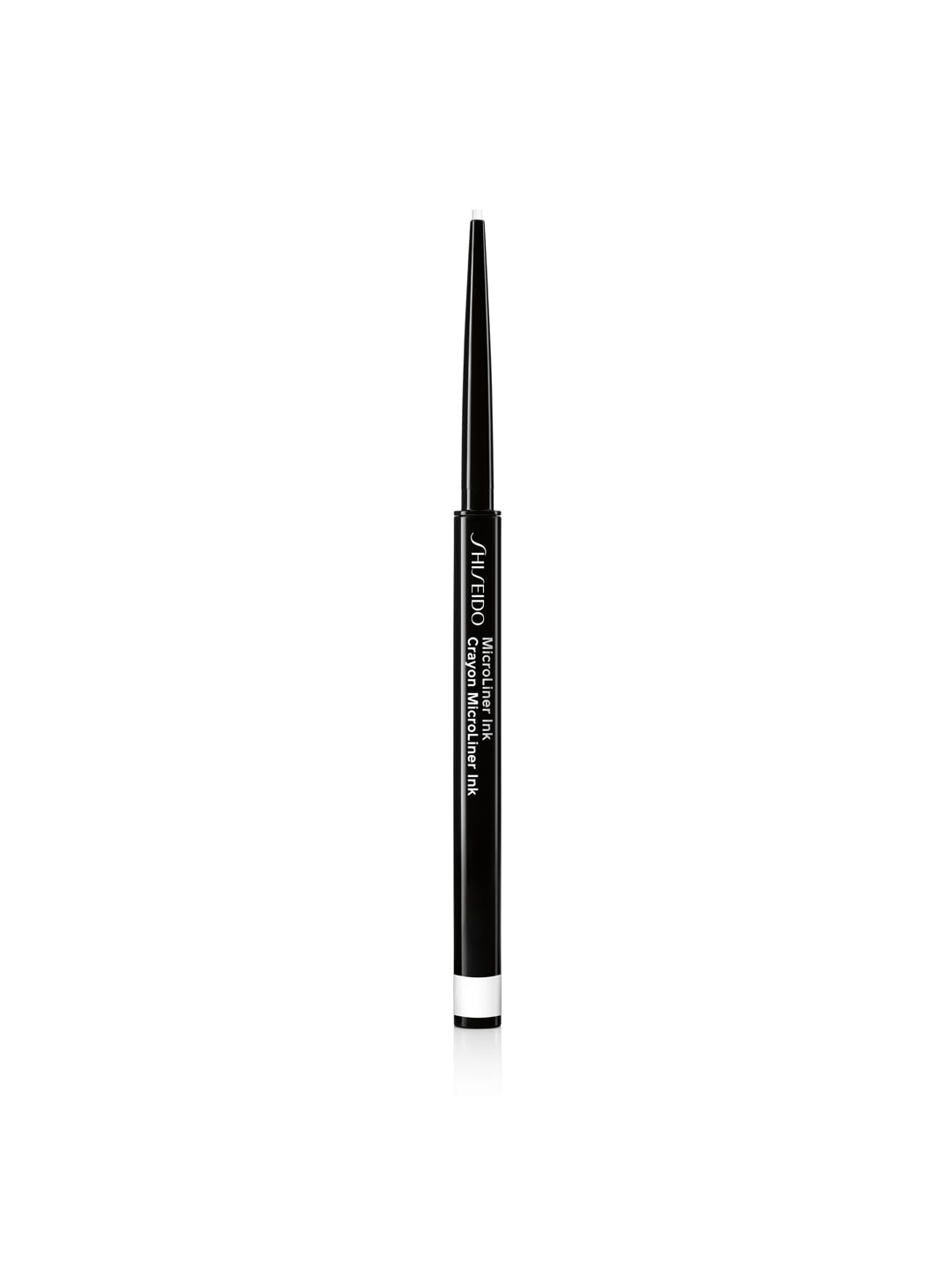Why Heat Styling Hair Changes Texture And How To Reverse The Damage
Check out how heat styling affects hair texture and simple solutions to repair and restore healthy, natural hair structure.

Heat Styling And Hair Texture: What Really Happens And How To Reverse The Damage
In every busy city, the hum of a hair dryer is almost as common as the honk of traffic. For many, heat styling is more than a beauty ritual; it's a quick fix for mornings that start too early and nights that run too long. However, hair, though resilient, has its limits. Every time it's pressed, blown, or curled with heat, its structure shifts, sometimes subtly, sometimes drastically. The silky shine may hide damage that's just waiting to show up. Understanding what's happening inside each strand is the first step to rescuing it. Because truth be told, reversing heat damage isn't about fancy products alone, it's about re-learning how to treat hair like the living fibre it is.
Here is all you need to know about why heat styling changes hair texture and effective ways to reverse and repair the lasting damage.
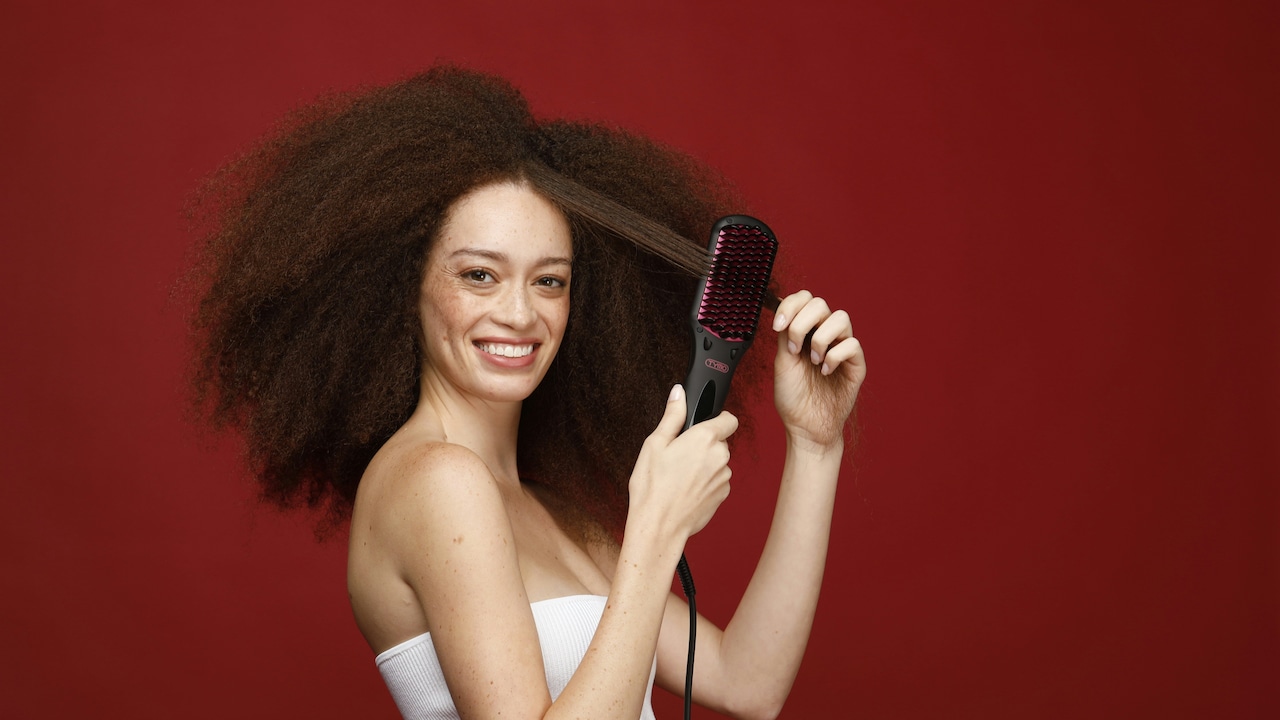
How Heat Styling Hair Changes Texture And How To Reverse It
Photo Credit: Pexels
From Damage To Recovery: A Closer Look At What Heat Really Does To Hair
1. The Science Behind Heat and Hair Structure
Hair might seem like a simple strand of protein, but it's actually a marvel of design. The outer layer, the cuticle, acts as a shield, while the cortex beneath gives strength, elasticity, and shape. When exposed to high heat, usually beyond 180°C, the hydrogen bonds that hold hair's natural texture together begin to break.
This is what allows hair to be reshaped temporarily into curls or straight styles. However, frequent heat exposure doesn't just bend bonds; it weakens them. The protective cuticle lifts, making hair rougher and more prone to tangling. Over time, this leads to that tell-tale dryness, frizz, and dullness that no serum can truly mask.
Understanding this helps change how we view styling tools, not as enemies, but as powerful tools that must be used wisely. Moderation, paired with protection, is key to preserving the natural strength of your strands.
2. The Subtle Signs of Heat Damage
Heat damage rarely appears overnight. It creeps in quietly. The hair that once felt smooth now tangles easily. The ends look uneven even after a fresh trim. And that once-lustrous shine? It fades into a tired, matte finish.
One common sign is when hair no longer holds styles the way it used to. Curls fall flat too soon, or straightened hair starts puffing out within hours. This happens because the inner protein structure has been altered. The cuticles, once neatly layered like tiles on a roof, start to crack and separate, causing roughness.
When brushing feels like a battle, or conditioner seems to vanish without trace, your hair might be calling for help. These are not mere cosmetic issues but signals that your strands need a breather from the heat and some genuine care.
3. Why Texture Changes: From Silky to Stubborn
Heat doesn't just cause dryness; it can permanently alter hair texture. Some notice their once wavy locks turning oddly limp, while others find natural curls losing definition. This shift happens because extreme heat, especially without a protectant, can denature keratin, the protein responsible for shape and resilience.
When keratin bonds are broken repeatedly, the hair's natural pattern struggles to bounce back. It's a bit like ironing a silk saree too often; the fabric eventually loses its natural fall. Similarly, hair can become stiff or resistant to moisture.
If your hair no longer feels the same, it isn't your imagination. The change is real, but not irreversible. With care, nutrition, and patience, hair can slowly regain its original character.
4. The Role of Heat Protectants: Your Hair's Safety Shield
Using heat without a protectant is like stepping into the sun without sunscreen. Heat protectant sprays, creams, and serums create a thin barrier that slows down moisture loss and reduces direct heat impact.
A good protectant typically contains silicones or natural oils that help distribute heat evenly, preventing hot spots that cause breakage. Applying it before every styling session can make all the difference between manageable and damaged hair.
For those who prefer natural alternatives, lightweight oils such as argan, grapeseed, or sunflower oil can offer a degree of protection. The trick lies in applying just enough to coat strands, not drown them. Think of it as giving your hair armour before sending it into battle with your styling tools.
5. Post-Styling Care: Repair Begins at Home
Once hair has faced heat, recovery becomes essential. Deep conditioning masks rich in keratin, proteins, and natural butters like shea or mango can help fill in damaged gaps. Using them weekly can gradually restore softness and shine.
Avoid washing with hot water, which can lift cuticles further. Instead, go for lukewarm or cool rinses to lock in moisture. Swapping regular shampoos for sulphate-free versions also helps reduce stress on already fragile strands.
And here's an old trick that still works wonders: apply warm coconut oil before bed once a week. It's one of the simplest, most affordable ways (₹50–₹100 a bottle) to give hair back its strength and lustre, especially in humid weather when frizz tends to rule.
Also Read: The Best Frizz-Free Haircare Routine: Get Glossy Locks For Humid Weather
6. Nutrition: The Secret Weapon for Stronger Hair
What you eat shows up on your scalp faster than you think. Hair thrives on a steady supply of protein, biotin, iron, and omega-3 fatty acids. Foods like eggs, spinach, almonds, fish, and lentils aren't just good for your body; they're nourishment for your hair's roots.
For those who follow plant-based diets, adding flaxseeds, walnuts, and chickpeas can provide the same benefits. And yes, hydration matters as much as fancy serums. Drinking enough water ensures that hair stays elastic and less prone to snapping.
If you've been depending only on external care, it might be time to include nutrition in your hair recovery routine. A healthy diet doesn't just make hair grow faster, it makes every strand stronger from within.
7. Giving Your Hair a Break: The Power of “No-Heat Days”
Sometimes, the best treatment is rest. Setting aside a few “no-heat days” each week allows hair to breathe and reset. It's a small lifestyle tweak that can lead to big results over time.
Embrace your natural texture, whether it's wavy, curly, or straight. Try braiding damp hair overnight for soft waves or using rollers for volume without heat. Lightweight leave-in conditioners can enhance texture and control frizz without the hot tools.
This break not only preserves hair's natural moisture but also reduces split ends and shedding. Think of it as a digital detox, but for your hair. The more you let it rest, the better it responds to styling when you do use heat again.
8. Professional Treatments That Actually Work
For those dealing with severe heat damage, professional salon treatments can offer a jump-start to recovery. Keratin and protein reconstruction therapies help rebuild broken bonds, while moisture-infusing spa sessions revive dull, brittle strands.
However, choose your salon wisely. Not every treatment suits every hair type. Some chemical-based options can worsen damage if done too frequently. Always ask for mild, formaldehyde-free options and follow up with home care routines.
Spending ₹1,500–₹3,000 once every few months might sound steep, but it's a worthwhile investment if it prevents breakage and restores health. Sometimes, professional intervention, done right, can undo months of home damage in just a few sessions.
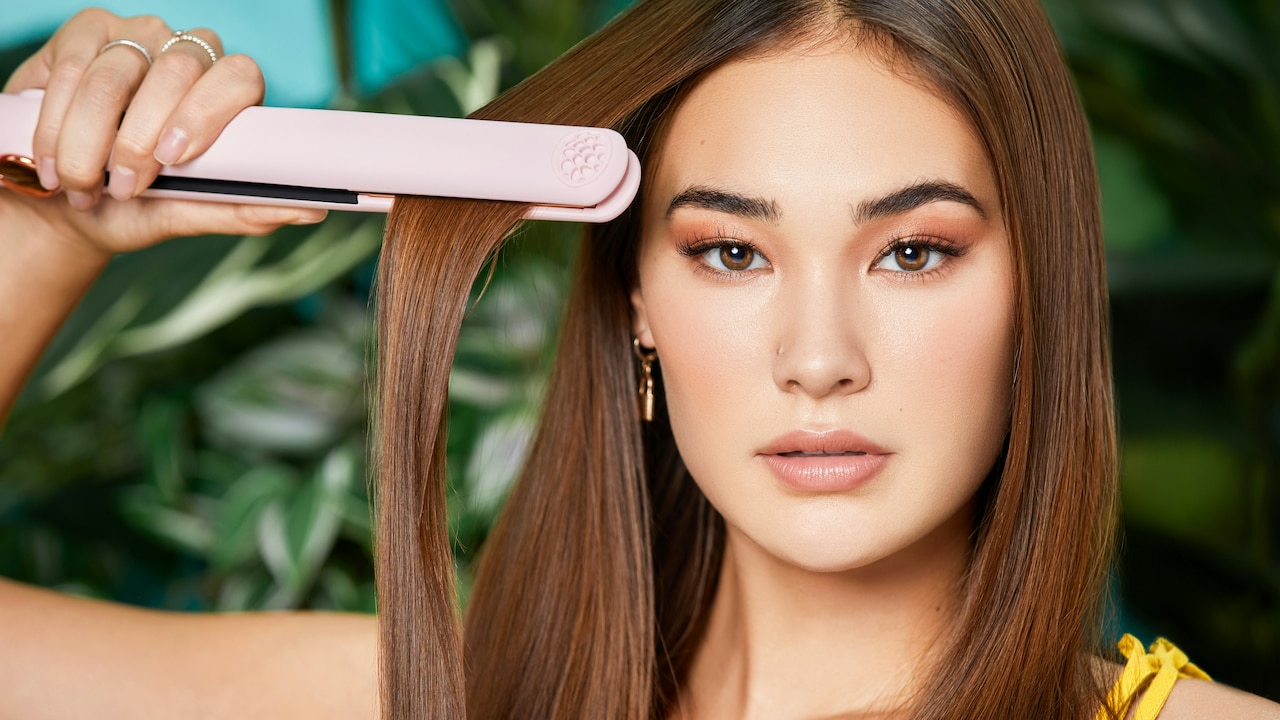
How Heat Styling Hair Changes Texture And How To Reverse It; Photo Credit: Unsplash
9. The Magic of Traditional Remedies
Before modern gadgets and serums, grandmothers relied on nature's pantry for beauty. Simple remedies like hibiscus paste, aloe vera gel, and curry leaf oil have stood the test of time.
Hibiscus strengthens roots, aloe vera soothes the scalp, and curry leaves boost growth by nourishing follicles. Mixing these into a weekly hair mask can bring visible changes in texture. Not to mention, they leave behind that unmistakable fresh, herbal fragrance that no synthetic product can mimic.
These age-old practices aren't about nostalgia; they work because they restore the balance that constant styling disrupts. When used consistently, traditional care can quietly reverse damage that even the best salons struggle to fix.
10. Building a Sustainable Hair Routine
Restoring hair isn't a one-time task; it's a relationship. A sustainable routine blends the best of modern science and traditional wisdom. Limit heat styling to special occasions. Use protectants religiously. Deep condition regularly. Nourish from within.
Even small changes, like air-drying instead of blow-drying, or switching to a silk pillowcase, can make a difference over time. Sustainable care isn't about perfection; it's about patience.
And yes, there will be days when frizz wins or curls misbehave. But that's fine, healthy hair isn't flawless, it's alive. The goal isn't to chase perfection, but to build habits that keep your hair resilient, soft, and authentically yours.
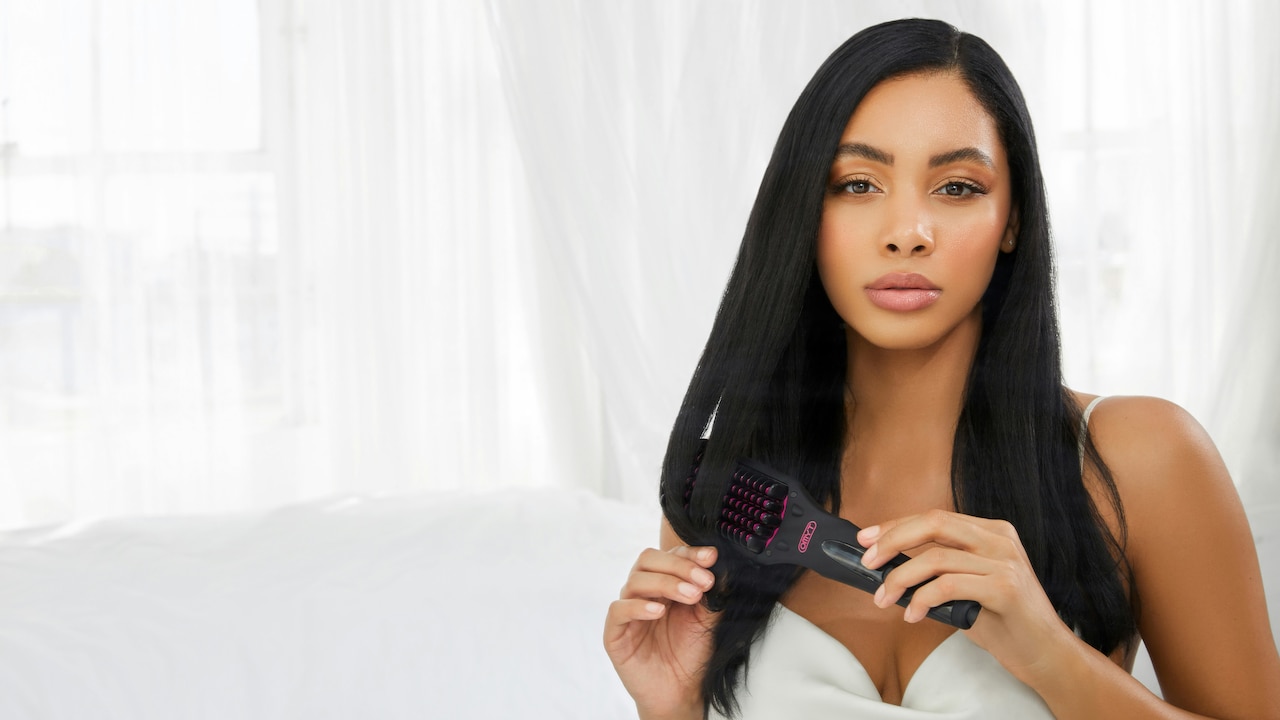
How Heat Styling Hair Changes Texture And How To Reverse It
Photo Credit: Unsplash
Products Related To This Article
1. Philips BHS397/40 Hair Straightener SilkProtect Keratin Titanium Infused Plate-Navy Blue
2. Ikonic Professional Simply Straight Hair Straightener with Auto Controlled Heat Setting
3. Morphy Richards Estella HS1000 Hair Straightener
4. VEGA PROFESSIONAL VPPHS-05 Pro Keramic Shine Hair Straightener
5. Agaro HS1937 Hair Straightener With Ceramic Coated Plates
Heat styling will always hold its charm. A sleek ponytail for work, soft curls for celebrations, these little touches bring confidence and flair. But like anything beautiful, it deserves balance.
Understanding how heat reshapes your hair is the first step to preventing lasting harm. The next is care, daily, mindful, and consistent. Give your hair the same respect you give your skin: protect it, feed it, and let it rest.
Because at the end of the day, hair isn't just part of appearance, it's a reflection of how kindly we treat ourselves. With the right blend of science, tradition, and self-care, every strand can return to its natural strength, shine, and spirit.














